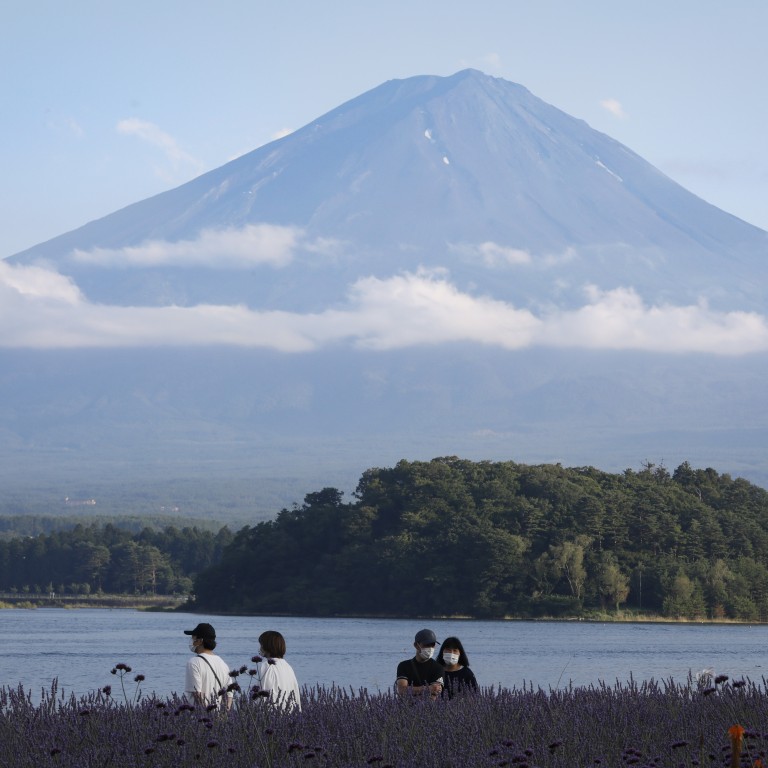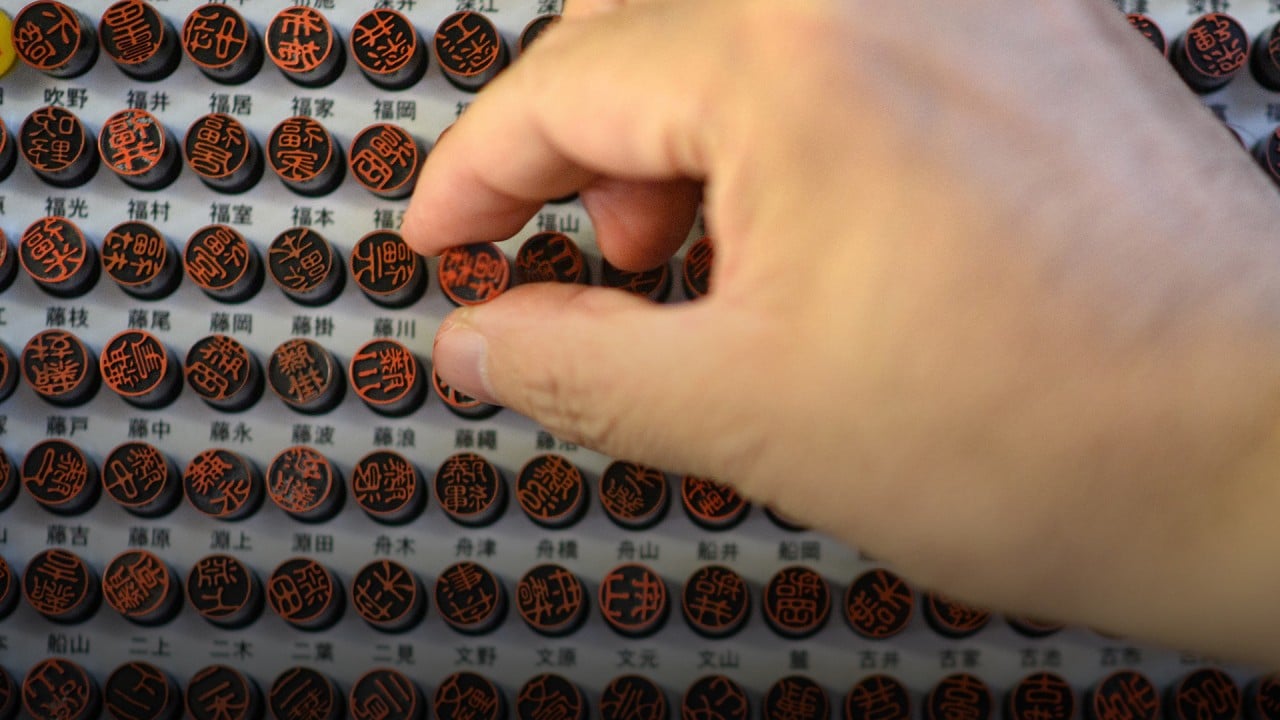
How RCEP and domestic demand are boosting Japan’s hopes for economic recovery
- Japan’s fortunes appear to be looking up as its economy grew 5 per cent in the third quarter with jumps in private consumption and exports, especially to China
- Challenges still loom, though, with uncertainty over US-China relations, the fate of the Tokyo Olympics and a worrying spike in Covid-19 cases
There are a number of reasons for this. First, the jump has been attributed to increases in domestic demand and exports. This means the stimulus package announced by the Japanese government earlier this year seems to have worked.
Earlier this year, then prime minister Shinzo Abe announced an economic package worth close to 108 trillion yen (US$1 trillion), nearly 20 per cent of Japan’s GDP. In addition, the government announced plans to give 220 billion yen to Japanese companies moving their supply chains from China back to Japan and 23.5 billion yen to companies moving their supply chains to third countries.
Recent figures indicate a 4.7 per cent jump in private consumption in the third quarter, with Japanese spending more on cars, leisure and restaurants. In addition, growing external demand contributed to GDP growth. In October, exports to China expanded by 10.2 per cent while those to the US increased by 2.5 per cent compared to September figures.
Second, Japan has refrained from taking harsh measures to combat the pandemic. Though a state of emergency was imposed earlier this year, the rules were much less restrictive than in most other countries.

03:08
In Japan, coronavirus is accelerating the end of ‘hanko’ ink seals
Japan currently has 1,920 Covid-19 deaths, which is remarkable for a country of 126 million people, many of whom live in densely populated cities.
While this is certainly good news for Prime Minister Yoshihide Suga’s administration, it does not mean Japan’s economic woes are over. There are still huge challenges on the horizon.

06:04
US-China relations: Joe Biden would approach China with more ‘regularity and normality’
There is also some good news for Japan. The signing of the Regional Comprehensive Economic Partnership (RCEP) will help its exports to China and Southeast Asia. When the 15-country deal is ratified, it will include nearly 30 per cent of the global economy and 30 per cent of the world’s population.

03:29
RCEP: 15 Asia-Pacific countries sign world’s largest free-trade deal
The gloom is not over yet – Japan’s economy is expected to shrink 5.6 per cent in the current financial year. But it does seem to be on its way to recovery. As the saying goes, well begun is half done.
Dr Rupakjyoti Borah is a senior research fellow at the Japan Forum for Strategic Studies, Tokyo. The views expressed here are personal

